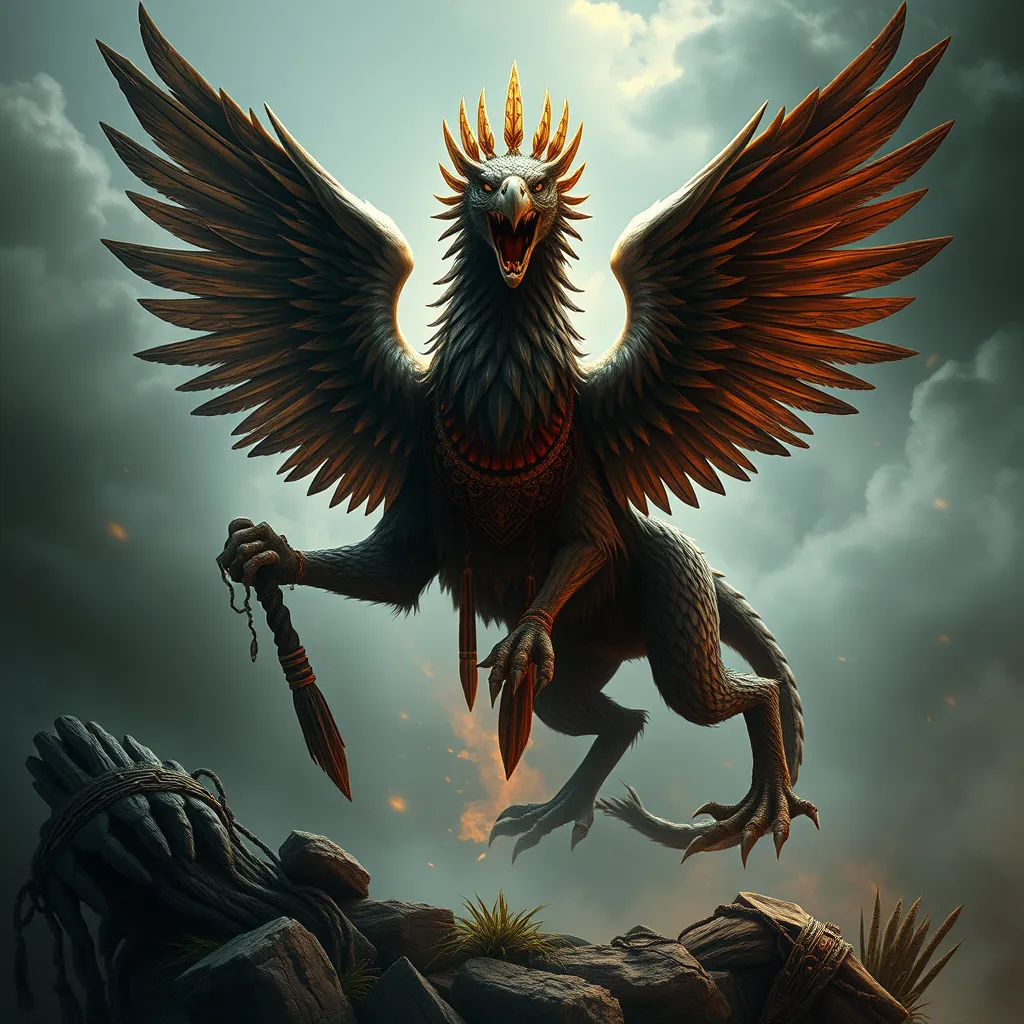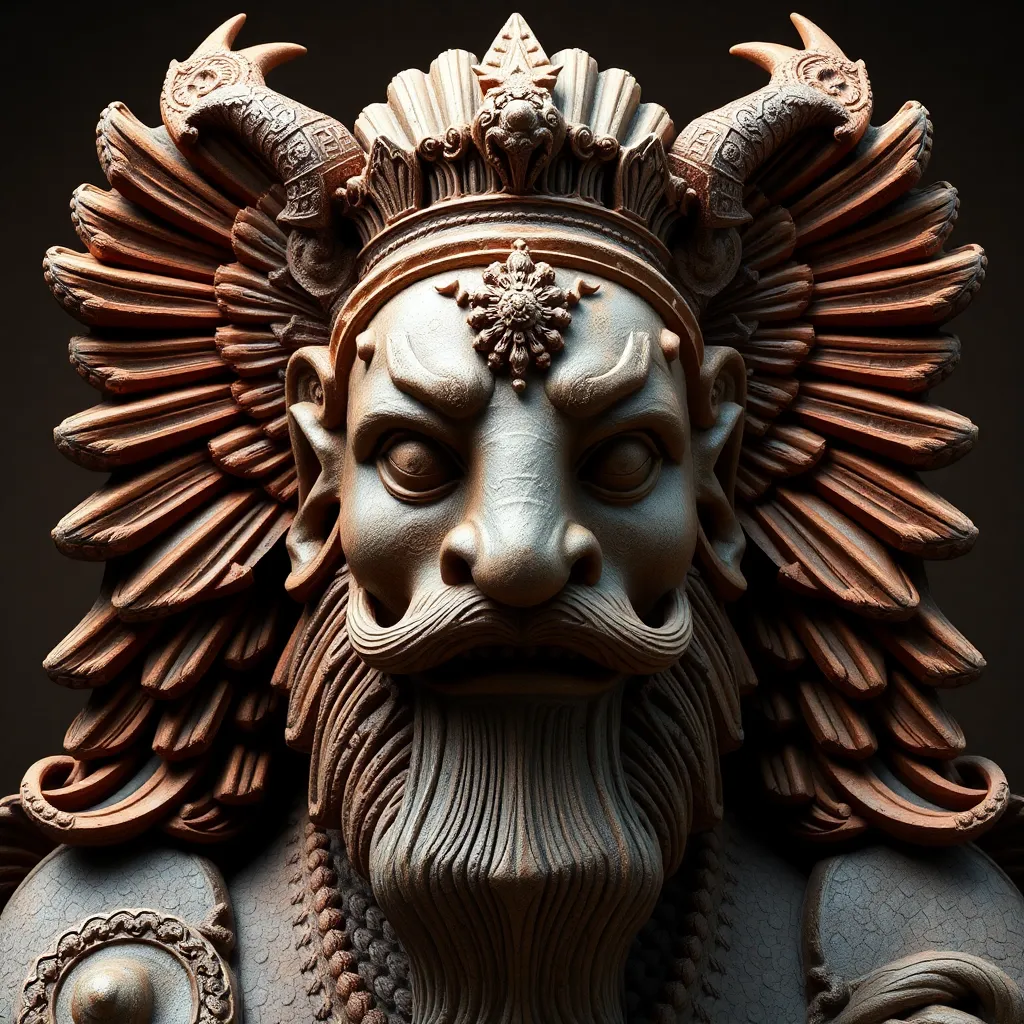The Nymphs of the Aegean Sea: Exploring the Lore of the Kalypso and the Leucothea
I. Introduction
The Aegean Sea, a jewel of the Mediterranean, has long captured the imagination of those who gaze upon its azure waters. This body of water, dotted with numerous islands, serves as a backdrop for many stories in Greek mythology, where the divine and the mortal intertwine. Among the myriad of figures that populate this mythological landscape, nymphs stand out as enchanting beings that embody the spirit of nature.
Nymphs, in ancient Greek culture, are often depicted as young maidens associated with various aspects of nature, including trees, rivers, and mountains. Their allure and mystique have made them key figures in many myths. Two prominent nymphs of the Aegean Sea, Kalypso and Leucothea, reveal different facets of the nymph archetype, each with her own compelling story and significance.
II. Understanding Nymphs in Greek Mythology
Nymphs are defined as minor female deities that personify the natural world. They are often characterized by their beauty, grace, and connection to specific elements of nature. The term “nymph” encompasses various types, each with distinct domains:
- Naiads: Water nymphs associated with springs, rivers, and lakes.
- Oreads: Mountain nymphs that inhabit the hills and grottoes.
- Nereids: Sea nymphs, daughters of the sea god Nereus, often depicted as helpful and benevolent.
The cultural significance of nymphs in ancient Greek society was profound. They were often seen as protectors of the natural world, embodying the beauty and peril of nature. Their stories served as allegories for human experiences, such as love, loss, and the passage of time.
III. The Legend of Kalypso
Kalypso, a significant figure in Greek mythology, is often associated with the island of Ogygia. According to myth, she is the daughter of the Titan Atlas and is known for her enchanting beauty and magical powers. Her most famous tale is woven into the fabric of Homer’s “Odyssey,” where she plays a crucial role in Odysseus’s journey home.
In the “Odyssey,” Odysseus washes ashore on Ogygia after a fierce storm. Kalypso, captivated by him, offers him immortality and eternal youth in exchange for his love. Despite her allure and the comforts of her island, Odysseus longs to return to Ithaca and his wife, Penelope. This struggle between desire and duty illustrates Kalypso’s character: she is a powerful figure, yet she embodies a deep sense of isolation.
Kalypso’s character represents the duality of beauty and sorrow. Her home is both a paradise and a prison, symbolizing the conflicting desires that often inhabit the human experience.
IV. The Tale of Leucothea
Leucothea, originally known as Ino, is another fascinating nymph of the Aegean. In her myth, Ino undergoes a transformation into Leucothea after her tragic death. As a mortal, she was known for her maternal instincts and her devotion to her family, particularly her son, Melicertes. After being driven mad by Hera, Ino leaps into the sea with her child, where they are transformed into sea deities.
As Leucothea, she becomes a protector of sailors and a guide through the treacherous waters of the Aegean. Her myth emphasizes themes of sacrifice and redemption, as she transcends her mortal life to become a benevolent force in the sea, aiding those in peril.
Leucothea symbolizes hope and guidance, representing the nurturing aspects of the divine feminine. Her connection to the sea reinforces her role as a protector, making her a crucial figure in maritime lore.
V. The Aegean Sea: A Mythical Landscape
The Aegean Sea is not just a geographical entity; it is a mythical landscape that has profoundly influenced the stories of both Kalypso and Leucothea. This body of water, filled with islands and hidden coves, serves as a setting for adventure, danger, and the unknown.
Geographically, the Aegean is characterized by its deep blue waters, rocky shores, and numerous islands, each steeped in its own myths. The sea itself is a character in the stories of Greek mythology, often representing the unpredictable forces of nature that can bring both beauty and chaos.
The interplay between nature and mythology is evident in the tales of Kalypso and Leucothea, as both nymphs embody the spirit of the Aegean. Their stories reflect the ancient Greeks’ reverence for the sea and its power, as well as the beauty and peril that come with it.
VI. Comparative Analysis: Kalypso vs. Leucothea
While Kalypso and Leucothea share similarities as nymphs of the Aegean, their stories and roles in mythology reveal distinct differences:
- Origins: Kalypso originates as a goddess of isolation, while Leucothea begins as a mortal, emphasizing themes of sacrifice and transformation.
- Role in Myths: Kalypso embodies desire and captivity, whereas Leucothea represents guidance and protection.
- Themes: Kalypso’s narrative revolves around love and longing, while Leucothea’s story highlights sacrifice and redemption.
Both figures impact heroes—Kalypso enchants Odysseus, while Leucothea aids sailors facing storms. Their stories intertwine themes of love, loss, and human experience, making them timeless figures in myth.
VII. The Legacy of Kalypso and Leucothea in Modern Culture
The stories of Kalypso and Leucothea continue to resonate in modern culture, appearing in various forms of art, literature, and popular media. From paintings to novels, their narratives inspire contemporary interpretations that explore themes of love, longing, and the connection to nature.
In literature, Kalypso has appeared in various adaptations of the “Odyssey,” symbolizing the temptress archetype, while Leucothea is often depicted as a guiding spirit. Their stories offer rich material for exploration in poetry, theater, and modern storytelling.
Moreover, the fascination with these nymphs has led to their inclusion in popular culture, where they are reimagined in films, music, and visual arts, reflecting the enduring significance of these ancient myths.
VIII. Conclusion
In conclusion, the tales of Kalypso and Leucothea provide deep insights into the complexities of Greek mythology and the role of nymphs within it. Through their stories, we explore themes of beauty, isolation, protection, and transformation. The Aegean Sea serves as a vital backdrop, influencing their narratives and highlighting the connection between nature and myth.
Today, the relevance of Kalypso and Leucothea endures as their stories continue to inspire and captivate audiences. These mythological narratives are essential to our cultural heritage, reminding us of the timeless themes that resonate across generations.



